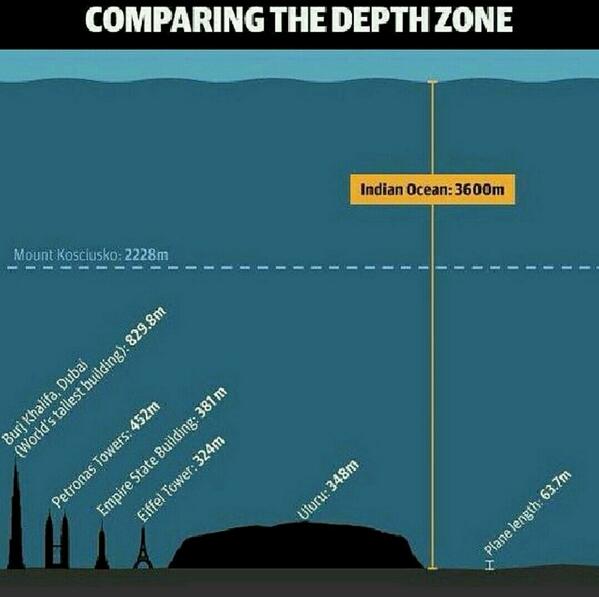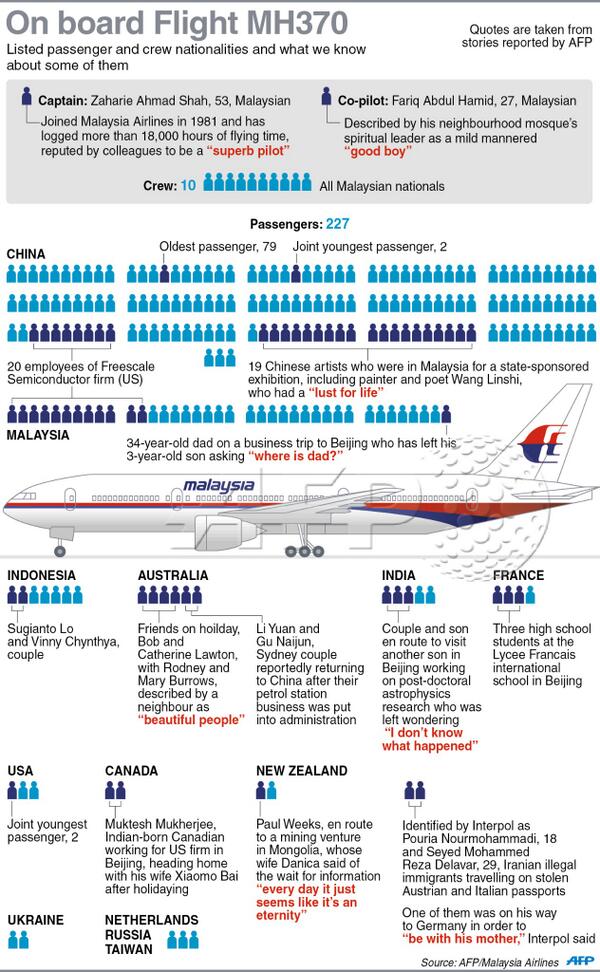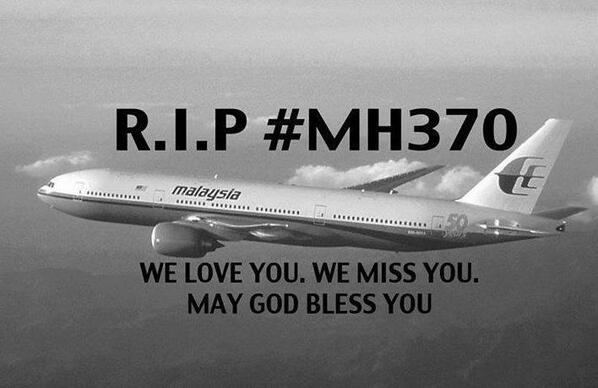From behind their bedroom doors, more than 1 out of every 10 teenagers has posted a nude or seminude picture of themselves or others online - a "digital tattoo" that could haunt them for the rest of their lives, according to a poll being released .
Aside from the nudity, the survey also found that at least a quarter of the young people polled had posted something they later regretted, made fun of others or created a false identity online.
While teens are spending more and more time on social networking sites like Facebook and MySpace - with 22 percent saying they check their sites more than 10 times a day - they don't seem to be aware of the long-term personal havoc they could create with a click of a button.
And their parents generally have little idea about what their children are up to, the poll found.
"We've got to stop kidding ourselves about this," said
James Steyer, chief economic officer and founder of San Francisco-based Common Sense Media, which commissioned the study. "There are enormous consequences from inappropriate behavior online."
The survey polled 1,000 teens and 1,000 parents to gauge how much time young people are spending on social-networking sites, what they do when they're on them - and whether their parents know.
Source of information
Social networking sites allow members to create individualized pages that often include personal information such as relationship status, age, city of residence and birth date, as well as photos, videos and personal comments.
There, Wallace could read the teen's thoughts, see what his interests were, what his friends said about him and what his pictures indicated about his lifestyle. It was "a better look at who I'm going to be living with for the next eight to nine months," he said.
Teenagers don't always self-censor online; they may bully classmates, for example, or post risque photos of themselves or their peers.
"If you're not in the same place as the person, it just feels less personal; it's easier to do mean things," Steyer said. "It's almost simulated behavior. You can be risky and do riskier things in a digital context."
Yet there can be enormous consequences.
That alcohol-related post-prom picture? Someday an employer or
college admission officer might come across it with a quick click on Google. Hitting delete to get rid of a questionable photo won't help. The digital imprint never goes away and could be flitting across computer screens around the world.
"Look, whether we like it or not, kids live in the 24/7 digital world," Steyer said. "It affects virtually every aspect of their lives."
Setting kids straight
Steyer's organization is starting a pilot program this fall to bring media literacy into public school classrooms. It'll take in everything from not using the cell phone at the dinner table to the dangers of posting personal information online. He's talking to San Francisco Unified about bringing it here.
But parents need some lessons too, he said.
Just 4 percent of parents said their children check their sites more than 10 times a day, and only 2 percent said their teens have posted naked pictures, according to the poll released today.
"There's definitely not-my-kid syndrome," Steyer said.
San Francisco parent
Michael Wise worries about his kids' online social networking.
"What worries me the most is that kids will give out information that should be kept private, thinking they may be doing so privately," said Wise, the father of three, including two teenage boys.
That information could include their address, phone number or when the family will be taking a long vacation.
"People forget that everything they say online is a public postcard," Wise said.
Georgetown-bound Wallace acknowledged that his peers aren't always smart about what they put online. Yet teens have always done silly or stupid things, he said. In the past, folks could just burn the negatives.
"Technology doesn't create new behaviors, it just may exploit them," he added.
Instead of worrying about the technology, adults and teens should focus on the underlying behaviors like bullying and binge drinking, Wallace said. He added that social-networking sites can be valuable, providing support and community - positive factors in a teenager's life.
But, he conceded, "it's definitely bad to put naked pictures of you online."
Teen social networking by the numbers
51 Percentage of teens who check their sites more than once a day.
22 Percentage who check their sites more than 10 times a day.
39 Percentage who have posted something they later regretted.
37 Percentage who have used the sites to make fun of other students.
25 Percentage who have created a profile with a false identity.
24 Percentage who have hacked into someone else's social networking account.
13 Percentage who have posted nude or seminude pictures or videos of themselves or others online.




















